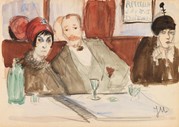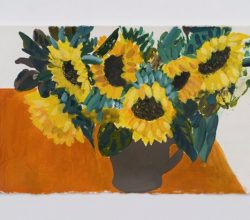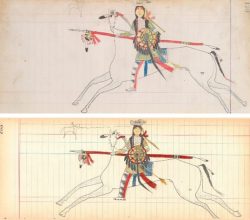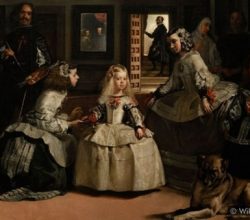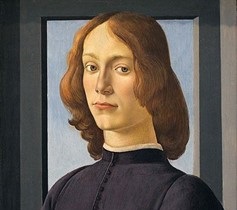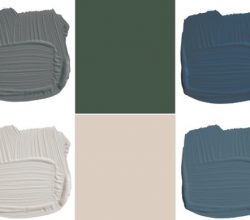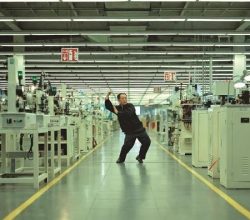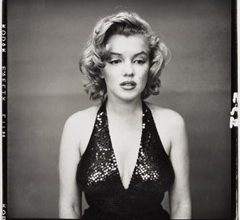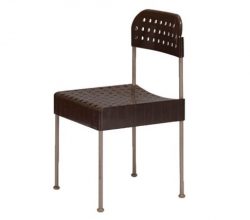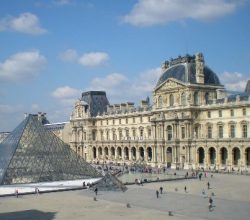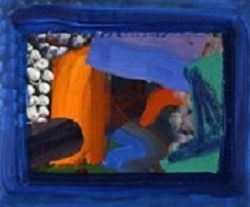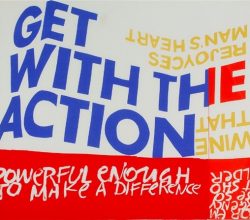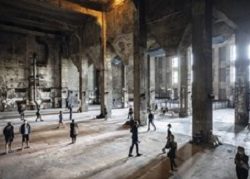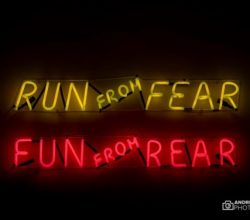
Bruce Nauman
Waldemar Januszczak | Waldemar.tv | 19th October 2020
A London retrospective demonstrates Nauman’s huge influence. Deft neon text pieces, quirky sculptures and incisive video work, all are examples of his “transformative presence”. Gushes one artist, his work is “so nimble and so complicated”. He offers us “a bewildering array of gifts. There’s humour in his work, but it’s always nervy and problematic, never open-hearted or fun … a perfect fit for the Covid world”.

